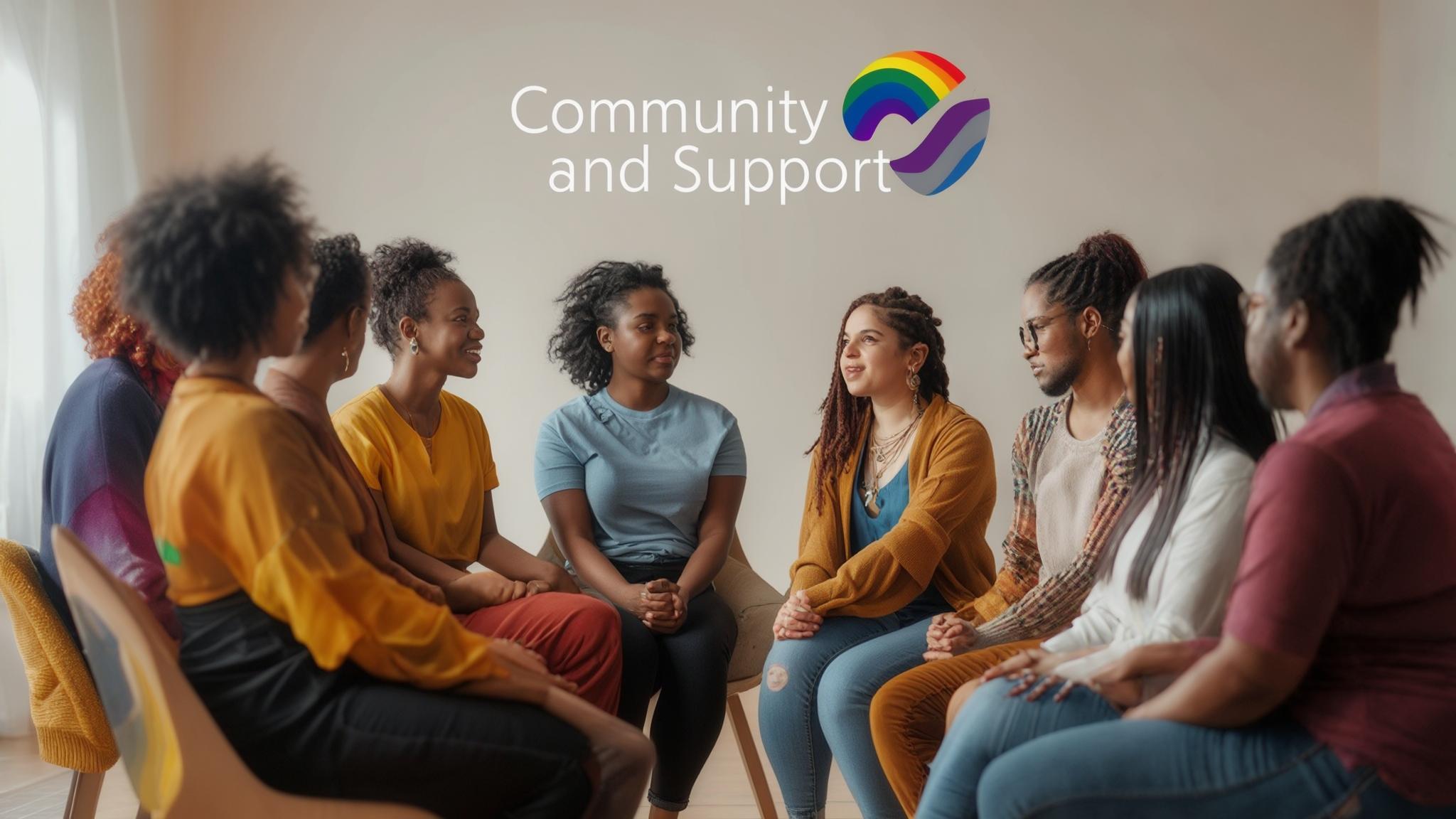Group Therapy for LGBTQ+ Individuals: Community and Support
Introduction
In a 2020 study, 40% of LGBTQ+ youth reported feeling sad or hopeless, nearly double the rate of their heterosexual peers. These statistics underscore a harsh reality—many LGBTQ+ individuals face significant mental health challenges due to societal stigma and discrimination. Group therapy emerges as a vital support mechanism, offering not just a place to share experiences, but also a safe space where individuals can connect, heal, and grow together.
Section 1: Understanding the LGBTQ+ Experience
1.1 Historical Context
For decades, LGBTQ+ individuals have faced marginalization, discrimination, and violence. Landmark moments, such as the Stonewall Riots of 1969, marked a turning point in the fight for LGBTQ+ rights, but societal attitudes remain varied. Over time, increased visibility and advocacy have led to gradual acceptance and legal reforms, yet significant barriers persist.
1.2 Current Mental Health Statistics
Mental health statistics reveal stark disparities. LGBTQ+ individuals report higher rates of anxiety, depression, and suicidal thoughts compared to the general population. Factors contributing to these issues include discrimination, internalized homophobia, and social isolation, underscoring the necessity for targeted therapeutic support.
Section 2: The Role of Group Therapy
2.1 What is Group Therapy?
Group therapy involves sessions where individuals share experiences and receive support in a group setting. Variants include support groups, where members can freely discuss shared experiences, and therapeutic groups, led by licensed professionals focusing on specific mental health issues.
2.2 Benefits of Group Therapy for LGBTQ+ Individuals
- Community and Belonging: Shared experiences foster a sense of connection, as individuals realize they are not alone in their struggles.
- Reduced Isolation: Joining a group counteracts loneliness and alienation, supporting individuals in finding solace among peers.
- Skill Development: Group therapy provides a platform for learning coping strategies and improving communication skills.
- Empowerment: Participants often emerge from sessions with increased agency, self-acceptance, and confidence.
Section 3: Types of Group Therapy for LGBTQ+ Individuals
3.1 Support Groups
Support groups can be peer-led or facilitated by professionals, focusing on general themes like identity, relationships, and navigating discrimination. They offer a safe space for open dialogue.
3.2 Therapeutic Groups
Facilitated by licensed professionals, therapeutic groups may target issues like trauma or grief. Utilizing various therapeutic techniques, such as cognitive-behavioral therapy and psychodrama, these sessions aim to promote healing.
3.3 Specialized Groups
Certain groups cater to specific sub-groups within the LGBTQ+ community, such as transgender individuals or LGBTQ+ people of color, allowing for deeper connections based on shared identities and experiences.
Section 4: Creating an Inclusive and Safe Environment
4.1 Importance of Safety and Confidentiality
An effective group therapy environment prioritizes safety and confidentiality, allowing individuals to express themselves without fear of judgment.
4.2 Group Dynamics and Facilitation
Facilitators play a crucial role in managing dynamics and promoting inclusivity. Techniques such as active listening and open communication help ensure respect among group members.
4.3 Addressing Intersectionality
Recognizing the intersections of various identities, including race and socioeconomic status, is vital for tailoring therapy to individual experiences, thus enriching group discussions.
Section 5: Challenges and Considerations
5.1 Stigma around Mental Health
Despite increasing awareness, stigma surrounding mental health can deter LGBTQ+ individuals from seeking therapy. Open dialogues are essential to combat these misconceptions.
5.2 Finding the Right Group
Choosing the right group involves considering comfort levels, therapeutic focus, and personal identity. Research and trial sessions can help find the best fit.
5.3 Potential Barriers to Participation
Logistical barriers such as transportation and cost may hinder participation in group therapy. Accessible resources and community support can help overcome these challenges.
Section 6: Success Stories and Testimonials
6.1 Personal Accounts
Many individuals report transformational experiences through group therapy. For example, one participant shared, "Group therapy taught me I wasn’t alone; I found friends and support that changed my life."
6.2 Impact on Community
Group therapy contributes to stronger community ties, fostering networks of support that extend beyond therapy sessions, encouraging lifelong connections among participants.
Conclusion
Recapping, group therapy offers critical support for LGBTQ+ individuals, addressing unique mental health challenges through shared experiences, community building, and empowerment. Exploring these therapeutic options can pave the way for healing and growth for many.
Let's take action to promote this vital resource within our communities and encourage more LGBTQ+ individuals to seek the support they deserve.
References
Further Reading
- "The Velvet Rage" by Alan Downs
- "Queer (In)Justice" by Joey L. Mogul, Andrea J. Ritchie, and Kay Whitlock
- LGBTQ+ mental health resources and directories for finding local support services.

